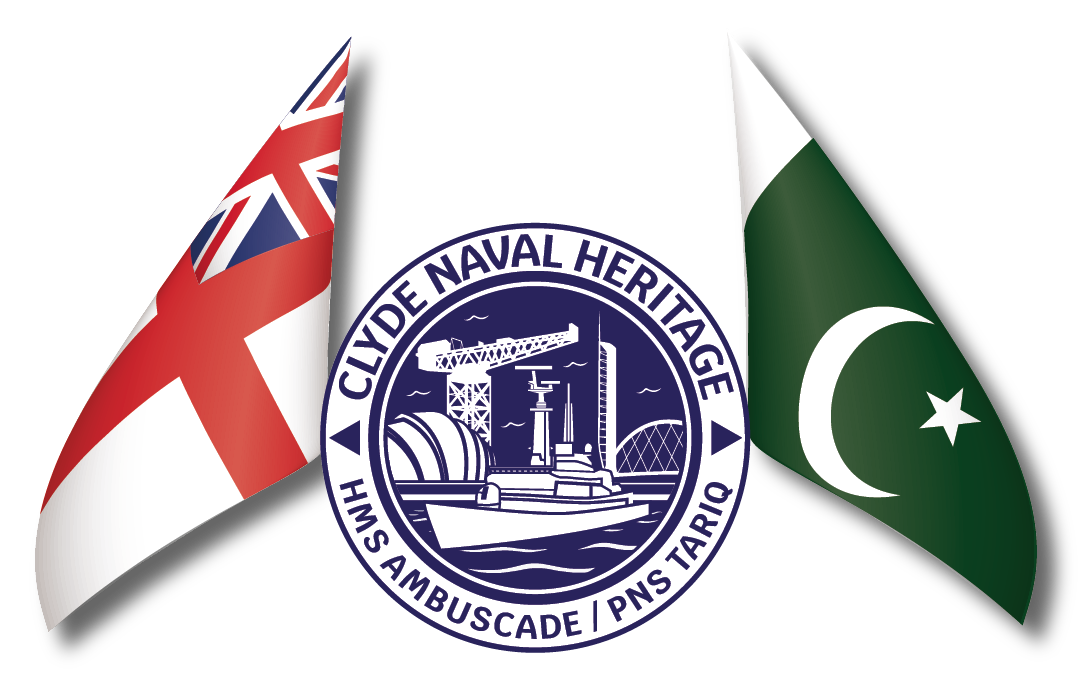The Margaret (1508): An Early Ship Built on the Clyde
The Context of Early Clyde Shipbuilding
The River Clyde, which runs through modern-day Glasgow, is renowned as one of the great centres of shipbuilding. However, prior to the 18th century, this region was not the industrial hub it would later become. The late medieval period (14th-16th century) saw some sporadic shipbuilding activity, largely tied to local merchant activities and the Crown’s naval needs.
During the early 16th century, the Clyde’s main function was to serve as a transportation route, linking Scotland’s interior with the coast. Shipbuilding during this time was on a smaller scale, often tied to local demand for fishing vessels, cargo ships, or small warships to serve Scotland’s growing naval ambitions under kings like James IV.
The Construction of The Margaret
- Year Built: 1508
- Location: Likely constructed near Glasgow or Dumbarton, where shipyards had started to appear.
- Builder: While no specific records exist detailing the exact builder, it is speculated that the ship was constructed by local craftsmen under royal commission, as shipbuilding was becoming an increasingly important skill in the region.
- Material: The Margaret, like many ships of its time, was constructed primarily from oak, which was abundant in the forests surrounding the Clyde area.
Ownership and Purpose
The Margaret was commissioned by King James IV of Scotland (reigned 1488-1513), one of Scotland’s most ambitious monarchs in terms of naval development. James IV had a vision of expanding Scotland’s maritime capabilities and was heavily invested in building a fleet to defend against England and assert dominance in the surrounding waters.
The ship was named after Queen Margaret Tudor, the daughter of Henry VII of England, who had married James IV in 1503, marking an important union between Scotland and England. The Margaret was part of a growing Scottish fleet, intended to patrol Scottish waters, support trade, and assert naval presence.
Role in History and Impact
- Naval Growth under James IV: The Margaret, though small compared to later Clyde-built ships, symbolized a period when Scotland began to develop its naval power. James IV was passionate about creating a Scottish navy, and The Margaret was likely used for both military and diplomatic purposes.
- Merchant Ventures: Ships like The Margaret helped to increase Scotland’s presence in overseas trade, facilitating commerce with Europe, especially France and the Low Countries. This period saw the growth of trade routes and economic expansion, with the Clyde playing a key role in connecting Scotland to international markets.
- Military Uses: While records are scarce, it’s likely that The Margaret served during the escalating tensions between Scotland and England in the early 16th century. King James IV was preparing for a potential war with England, which eventually culminated in the disastrous Battle of Flodden (1513), where James IV was killed. Many of Scotland’s naval and military resources were mobilized during this period, and it is possible that The Margaret was involved in this broader strategy.
Legacy and the Development of Clyde Shipbuilding
Though The Margaret itself did not have the same historical impact as later Clyde-built ships, it is emblematic of the early stages of Clyde shipbuilding. This period laid the groundwork for what would later become one of the world’s most important shipbuilding centers.
- Foundation for Future Growth: The early shipyards that produced vessels like The Margaret were the precursors to the great Clyde shipyards of the 18th and 19th centuries. By the 1700s, Glasgow and surrounding towns like Greenock and Port Glasgow became central to the British Empire’s maritime dominance, producing vast numbers of merchant ships, warships, and, later, steamships.
- Cultural and Economic Shifts: The commissioning of ships like The Margaret helped to forge a new identity for the Clyde region. What had been a relatively quiet area began to transform into a hub of craftsmanship, trade, and naval ambition, setting the stage for Glasgow’s rise as an industrial powerhouse.

